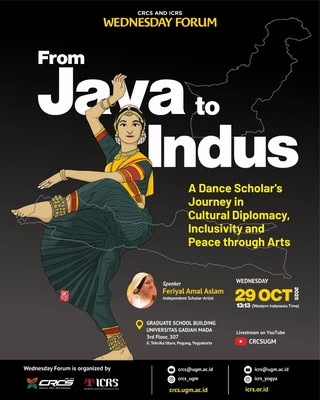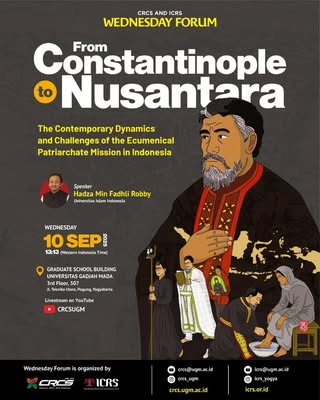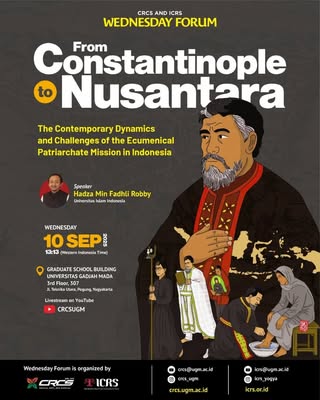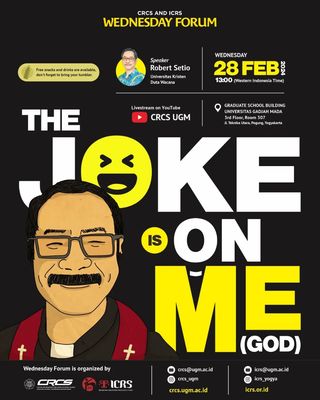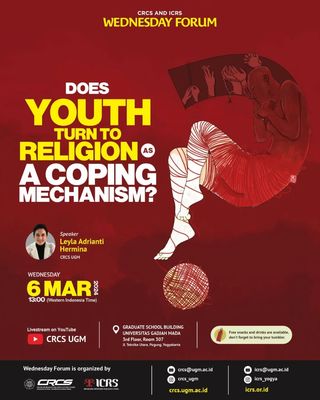First published (Indonesian Version) in Bersaksi.id
It is an adage Indonesians renowned for hospitality. An online media identified five virtues of Indonesian hospitality, i.e., smiley, sociable, polite, helpful people, and the virtue of mutual helpfulness (suka bergotong royong). If any of those are closer to the truth, why is Indonesia’s social media so noisy, rowdy and pugnacious? Take an example of last year's regional elections, our social media was full of black campaigns, twitwars, hate spins and slanders as those are prevalent and normal. Moreover, since the early pandemic, the rapacious consumption of hoaxes, a hoaxtivism, as coined by Epafras (in here and here) are even more visible. Single day alone, e.g., the Saturday, December 19, 2020, there were ten hoaxes handled by the Ministry of Communication and Information (Kemenkominfo). The Indonesian Anti-Slander Society (Mafindo) reported 25 hoaxes per week were circulated since the pandemic.
Do we live double lives, like Dr. Jekyll and Mr. Hide? In the offline realm everything is cool, in fact interdenizens hospitality are prominent during the pandemic. But once an online message blips and bleeps in our gadgets, our fingers nervously responding to it, pouring our thoughts incessantly, tends to be reactive to any information that challenges our ideological, political, and belief position. Pandemic has not only devastated people’s lives, but also our social fabric in the digital realm. Why is that? Quo vadis Indonesian hospitality?
A research project coordinated by Leonard Chrysostomos Epafras attempts to understand the hospitality of the netizens during the pandemic. The project entitled Religious Talks on COVID-19: Hospitality/Hostility in the Viralized Communication Context, funded by Universitas Gadjah Mada’s Interdisciplinary Graduate School (Sekolah Pascasarjana Lintasdisiplin) is seeking the extent of the discourse of hospitality appeared in social media. The research team includes Hendrikus Paulus Kaunang, Jekonia Tarigan, and David Akbar from the Indonesian Consortium for Religious Studies (ICRS). Observation was conducted between July and October 2020 and furthermore employed big data tools such as Social Network Analysis (SNA), Instagram and Facebook analyzers in looking at the dynamics of digital communication among the netizens upon certain trending topics and the formation of a viralized communication.
In a viralized communication manifests itself through grouping and bubbling based on agreements on certain issues, similarities of thought or ideological position, and in many respects on religious views. A viral condition is reflecting a firmer and multiple layer contestation of views. This is how SNA could map the dispute in Twitter, as Fig. 1 illustrates. In the illustration, each node epitomizes a single Twitter account or tweep, and the bubble is created from twits, love/like on a message, and retweet activities of thousands of tweeps. Virality condition is established through the ever enlarging the bubble or bubbles that reflect the competing views.
If the bigger bubbles are formed with little connection among each other, it may conclude there is disengagement between conversations or even polarization and twitwar. Fig. 1 displayed three cascading bubbles, A, B, and C upon the trending topics of Klepon Islami and Hagia Sophia. The formation of the bubbles might suggest the conflicting even mutual attack among the tweeps. Regardless, Twitter mode of grouping is unique (as only Twitter allows the third-parties to employ its API, application programming interface), such grouping could possibly happen in other services such as Facebook and Instagram.

Fig. 1. The position of an information arbiter in a viralized and polarized communication
The extent of the formation of a bubble is dependent on how a topic conversed by the netizens through their social media channels. In a topic such as the Pope Francis I’s controversy on LGBT’s civic position, Indonesian’s Twitter volume is insignificant compared to Klepon Islami, Hagia Sophia, and the return of Muhammad Rizieq Shihab. Between October 22 and 28, there were only 1,742 twits, compared to 116,514 twits of Klepon Islami and Hagia Sophia.
Welcome to the viral world. This is the last chapter of the development of digital technology. Social media is not only about communicating, gossiping, creating “low-budget” (receh) contents, and streaming our daily lives. Social media logic seeking virality. Content is everything in this rushing age. Human interaction is reduced to nodal interaction in social networks. Complicating further is the conflation between real and fake, pseudonymous and botnets, and fabricated accounts for the purpose of enhancing influence, spamming, and sockpuppeting. How do we find hospitality in this digital jungle? Hospitality emphasizes the virtue of waging in encountering the Others, the readiness to share our “home”, and establishing communication with them. How such virtue appeared in nodes, vertices, and edges in digital networks?
Admittedly, our observations found little consolation. The viral cases such as Jama’at Tabligh in India, Malaysia, and South Sulawesi, the ordination of Bishop of Ruteng, East Nusa Tenggara, the debates on online and offline religious services, and the controversy of the power of speak of tongue (glossolalia) to increase body immune among the Protestant and Charismatic churches, those immediately clamorous that producing hostile messages such as the designations of “overreligiosity” (mabok agama), “theater of fools,” and so on.
Indeed, the traditional virtue of hospitality is demonstrated in different ways upon digital platforms. We found it in the presence of individuals and online media that functioned as information arbiters. What are information arbiters? In the viralized and polarized context as shown in Fig.1. an information arbiter positioned itself in the midway between conflicting parties. How did they perform? In general, the information arbiter represented a well-informed account using their knowledge to clarify the disputed information, moderated tension, oftentimes splitting the wave, programmatically or not. Most of them are “credible” online media such as Kumparan, Kompas, Republika, Tirto.id, and others, however there are individuals as well such as @sudjiwotedjo (Jack Separo Gendeng).

Fig.2. An example of information arbitrage
In the case of the controversy of Pope Francis I on LGBT, Bishops' Conference of Indonesia (Konferensi Waligereja Indonesia, KWI) clarified the Pope’s message through several social media channels, which in SNA and others did not created heavy polarization, suggested positive Indonesian Catholics responses to the clarification and mild negative response in public. Minor polarization indeed happened through the strong responses of non-Catholics, presumably non-Catholic Christians and Muslims, who exploited the issue to further their own religious aspirations. At this juncture, a response such as by @qxxxyas, an Instagram account in Fig.2. is a demonstration of the function of an information arbiter that moderates tension. Presumably non-Catholic account responding in an Instagram Muslim group, it attempted to explained in neutral manner the broader view on LGBT in regards to Pope’s statement.
Information arbiters indeed occupied sitting duck positions, as it easily became a shooting target. However, in the viral communication context they are crucial to reduce the polarization, spreading out the tension, as to propose alternatives, and feed new hospitable digital attitude.




